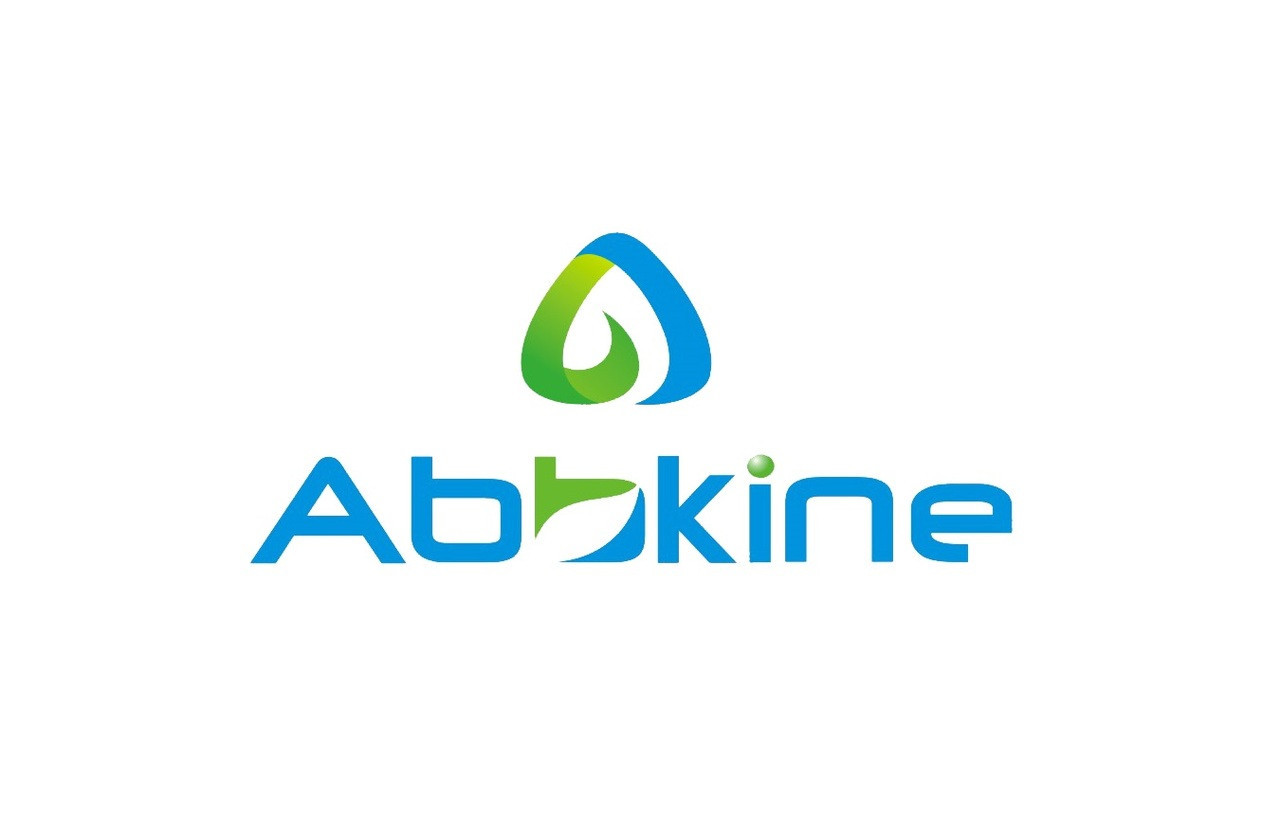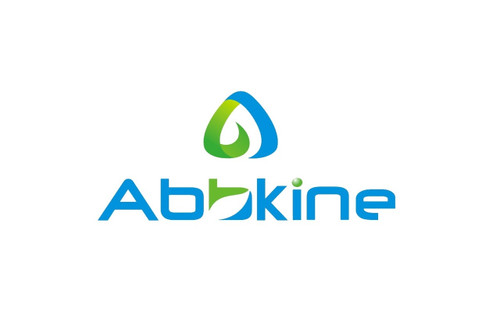Product Description
Mouse Glutaminyl-peptide cyclotransferase-like protein (QPCTL) ELISA Kit | KTE70585 | Abbkine
Application: This Mouse Glutaminyl-peptide cyclotransferase-like protein (QPCTL) ELISA Kit employs a two-site sandwich ELISA to quantitate QPCTL in samples. An antibody specific for QPCTL has been pre-coated onto a microplate. Standards and samples are pipetted into the wells and anyQPCTL present is bound by the immobilized antibody. After removing any unbound substances, a biotin-conjugated antibody specific for QPCTL is added to the wells. After washing, Streptavidin conjugated Horseradish Peroxidase (HRP) is added to the wells. Following a wash to remove any unbound avidin-enzyme reagent, a substrate solution is added to the wells and color develops in proportion to the amount of QPCTL bound in the initial step. The color development is stopped and the intensity of the color is measured.
Detection Method: Colorimetric
Conjugate: N/A
Sample Type: Cell culture supernatants#Serum#Plasma#Other biological fluids
Assay Type: Multiple steps standard sandwich ELISA assay with a working time of 3-5 hours. It depends on the experience of the operation person.
Kit Component: • Mouse Glutaminyl-peptide cyclotransferase-like protein microplate
• Mouse Glutaminyl-peptide cyclotransferase-like protein standard
• Mouse Glutaminyl-peptide cyclotransferase-like protein detect antibody
• Streptavidin-HRP
• Standard diluent
• Assay buffer
• HRP substrate
• Stop solution
• Wash buffer
• Plate covers
Features & Benefits: Mouse Glutaminyl-peptide cyclotransferase-like protein (QPCTL) ELISA Kit has high sensitivity and excellent specificity for detection of Mouse QPCTL. No significant cross-reactivity or interference between Mouse QPCTL and analogues was observed.
Calibration Range: Please inquire
Limit Of Detection: Please inquire
Usage Note: • Do not mix components from different kit lots or use reagents beyond the kit expiration date.
• Allow all reagents to warm to room temperature for at least 30 minutes before opening.
• Pre-rinse the pipet tip with reagent, use fresh pipet tips for each sample, standard and reagent to avoid contamination.
• Unused wells must be kept desiccated at 4 °C in the sealed bag provided.
• Mix Thoroughly is very important for the result. It is recommended using low frequency oscillator or slight hand shaking every 10 minutes.
• It is recommended that all samples and standards be assayed in duplicate or triplicate.
Storage Instruction: The unopened kit should be stored at 2 - 8°C. After opening, please store refer to protocols.
Shipping: Gel pack with blue ice.
Precaution The product listed herein is for research use only and is not intended for use in human or clinical diagnosis. Suggested applications of our products are not recommendations to use our products in violation of any patent or as a license. We cannot be responsible for patent infringements or other violations that may occur with the use of this product.
Background: QPCTL, also termed Iso-glutaminyl cyclase catalyzes the intramolecular cyclization of N-terminal glutamine residues into pyroglutamic acid with liberation of ammonia and the intramolecular cyclization of N-terminal glutamate residues into pyroglutamic acid with liberation of water. Glutaminyl cyclase (QPCT) catalyzes the intramolecular cyclization of N-terminal glutamine residues into pyroglutamic acid liberating ammonia. In contrast, the physiological function of the plant QC is less clear. In case of the enzyme from C. papaya, a role in the plant defence against pathogenic microorganisms was suggested. Putative QCs from other plants were identified by sequence comparisons. The physiological function of these enzymes, however, is still ambiguous.
Alternative Names: QPCTL; FLJ20084; glutaminyl cyclase-like
Search name: QPCTL; FLJ20084; glutaminyl cyclase-like
Tag: QPCTL
 Euro
Euro
 USD
USD
 British Pound
British Pound
 NULL
NULL












